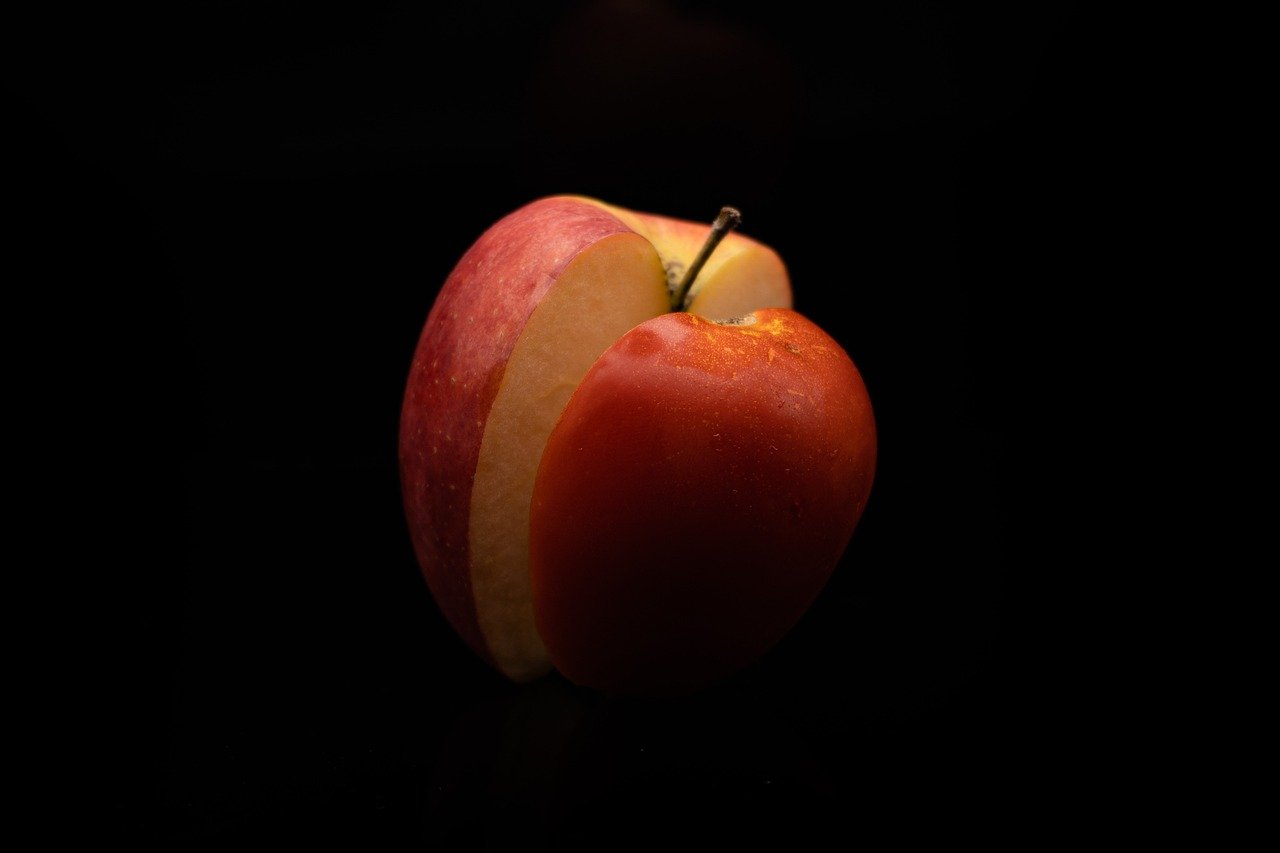The Myth of Idun and Her Golden Apples
In honor of National Storytelling Week, we delve into the rich tale of Idun (Iðunn in Old Norse), a prominent figure in Norse mythology renowned as the goddess of youth and guardian of the fabled golden apples that bestow eternal vitality. Her name translates to “the giver of eternal youth,” underscoring the role she played in maintaining the health and vigor of the Norse gods through the gifting of her miraculous apples. Notably, the saying “an apple a day keeps the doctor away” is believed to find its origins in the apple’s symbolic representation of health and well-being in these ancient narratives.
The Captivity of Idun
As the legend goes, Loki, the cunning trickster, found himself in a conflict with the giant Thiazi. Seeking to resolve this quarrel, Loki made a reckless promise to kidnap Idun and hand her over to Thiazi. He succeeded in luring Idun into the woods, where the waiting giant seized her and took her to Jotunheim, the land of giants.
Without access to Idun’s vital apples, the gods aged rapidly, their youthful appearances fading as their hair turned gray. When the deities discovered Loki’s treachery, they confronted him, offering him a choice: either face death or retrieve Idun and her apples. In a desperate bid to save himself, Loki borrowed a magical cloak from Freyja that transformed him into a falcon, allowing him to travel to Jotunheim to rescue Idun.
Upon arrival, Loki ingeniously turned Idun and her apples into a nut and grasped it in his claws, flying swiftly back to Asgard. However, Thiazi realized Idun was missing upon returning from fishing. In his eagle form, he pursued Loki at high speed.
The gods, anticipating Thiazi’s approach, constructed a fiery barricade of wood shavings on the walls of Asgard. As Loki swooped safely inside, they ignited the pile. Thiazi, unable to evade the flames that engulfed his feathers, plummeted to the ground, where the gods dealt him a fatal blow.
Artistic Representation and Symbolism
In Nils Jakob Blommér’s artwork, Idun is depicted in her youthful splendor, accompanied by her husband Brage, the god of poetry and eloquence, who is portrayed as an older man with white hair and a long beard, cradling a golden harp symbolizing music and storytelling. Blommér’s works often drew from Norse mythology and the folklore traditions of Sweden, reflecting his belief in the soulful essence of nature represented through mythical characters.
In the piece by Julius Middelthun titled “Idun with the Casket containing the Apples of Youth,” Idun’s association with the apples of immortality is further emphasized, showcasing her importance in mythology as the protector of youth.
The Storytelling Tradition
In conjunction with National Storytelling Week, storytellers Suzanne and Jake Thomas, known for their work in the ancient Bardic Tradition, have been commissioned by Apples & People to reimagine the story of Idun as the Keeper of the Apples of Immortality. Their creative collaboration unites music and narrative, inviting audiences into a fantastical realm where the legendary creatures of Norse tales come alive.
The performance titled “Idun, Keeper of the Apples of Immortality” presents an enchanting retelling that resonates with the storytelling tradition, capturing the essence of this timeless myth.



